Mistakes to Avoid During Composite Decking Installation
Common Mistakes to Avoid When Installing Composite Decking
When it comes to installing composite decking, it’s essential to understand that it differs significantly from traditional wood decking. While it may be tempting to follow the same installation methods as timber, this approach can lead to costly mistakes. Composite decking expands and contracts differently from wood, requiring careful planning and adherence to specific guidelines to avoid unsightly or unsafe outcomes.
Improper installation can result in warping, standing water, or even a collapsed deck. Moreover, failing to follow manufacturer guidelines can void your warranty. To help you avoid these issues, here are 12 common mistakes often made during composite decking installation—and how to prevent them.
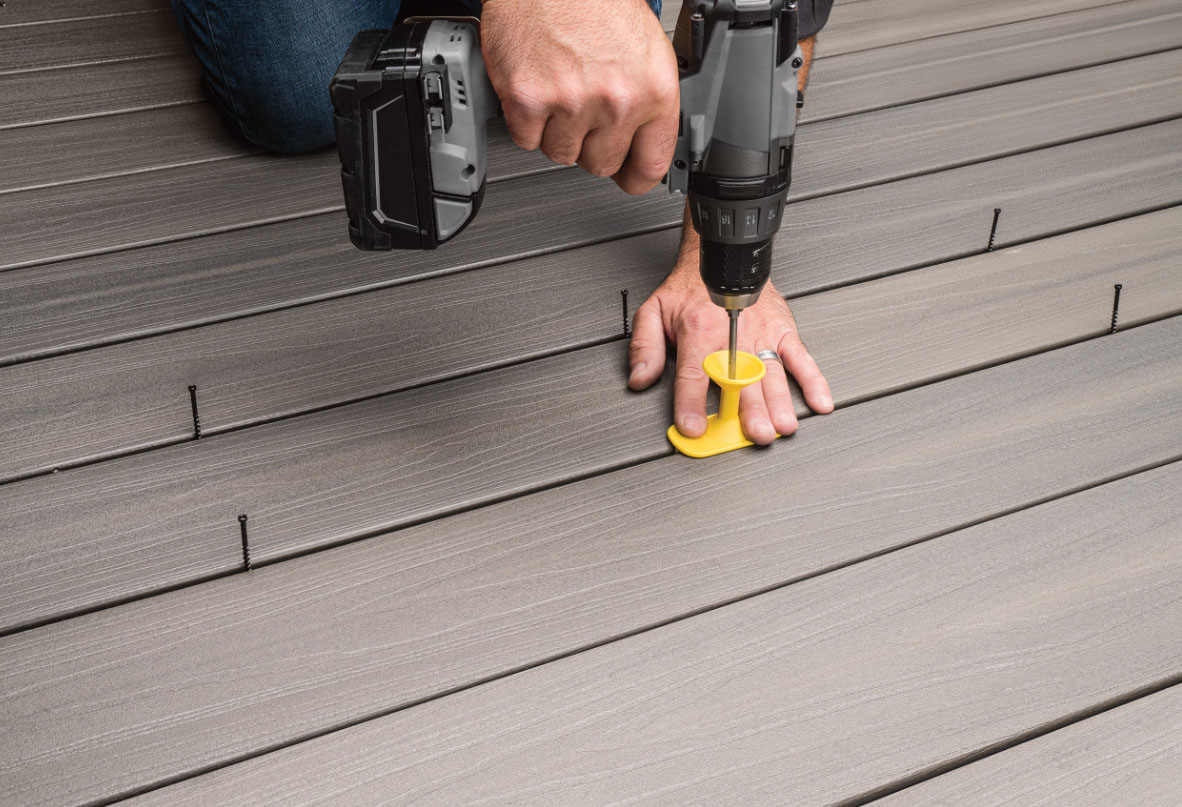
1. Insufficient Expansion Gaps at Butt-Ends
Composite decking contains plastic, which causes greater expansion and contraction compared to wood. Ensure the correct gap size between board ends:
- 1mm: Above 26°C
- 3mm: Between 4°C and 25°C
- 6mm: Below 4°C
Failure to leave adequate gaps can cause warping and twisting.
2. Poor Ventilation Beneath the Deck
Composite decking requires proper ventilation to avoid moisture buildup, which can lead to rotting and damage over time. To ensure durability, leave a minimum 35mm gap between the deck base and the underside of the boards. This spacing allows adequate airflow, helping the boards and subframe dry out completely after exposure to rain or humidity. Proper airflow not only prevents structural issues but also enhances the lifespan of the decking. Skipping this crucial step can result in costly repairs and compromised performance of your composite deck.

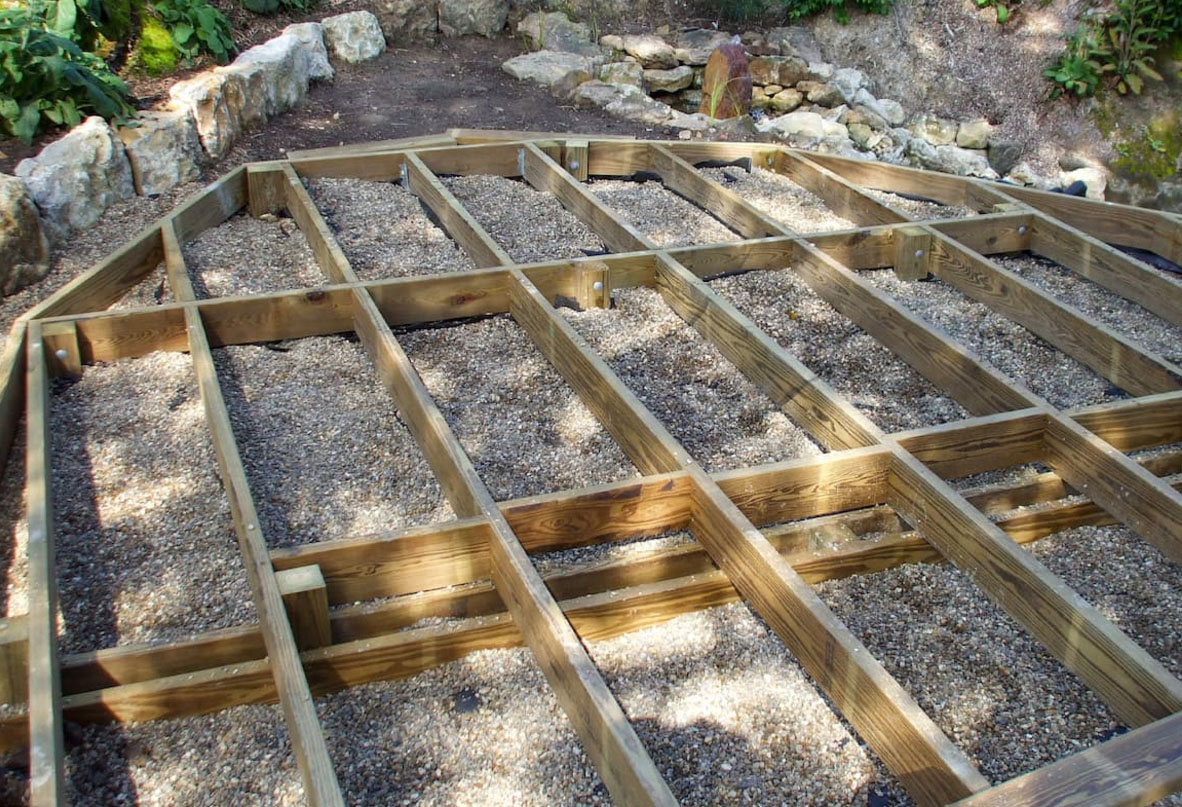
3. Using Substandard Subframes
A solid foundation is key to a durable deck. Timber subframes may weaken over time due to water damage. Depending on the setting: Use plastic lumber for high-moisture areas. Opt for a steel subframe for roof terraces or balconies. Ensure all timber used is treated and seasoned to withstand wear.
4. Joist Spacing Too Wide
Composite decking demands closer joist spacing compared to traditional wood decking to ensure proper support and durability. Joists should be spaced 400mm-450mm apart, as the flexible nature of composite materials requires additional reinforcement to prevent sagging or instability. Properly spaced joists not only enhance the deck's structural integrity but also ensure a smooth, even surface that can withstand regular use. Neglecting this spacing guideline can compromise the deck's performance, leading to issues like bowing or uneven surfaces over time.

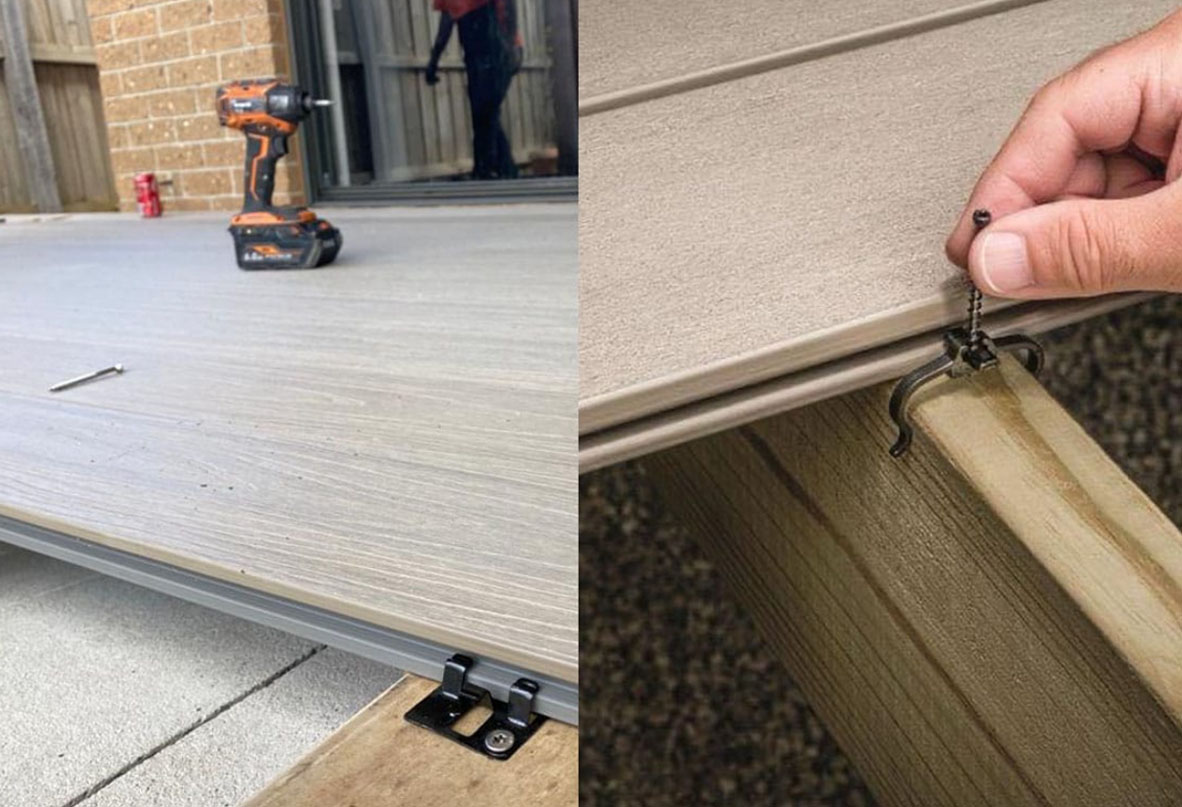
5. Incompatible Decking Clips
Avoid using clips from other suppliers, as each composite decking product is uniquely designed. Using clips specifically made for your decking ensures they accommodate the material's flexibility and allow for proper expansion and contraction. Incorrect clips can restrict movement, leading to issues like warping or cracking over time. Manufacturer-recommended clips are engineered to work seamlessly with your decking system, maintaining its structural integrity and appearance. For the best results and to protect your investment, always use clips designed for your specific composite decking brand.
6. Direct Fixing Without Clips
Screwing directly into composite boards can restrict their natural movement, leading to splitting, cracking, or warping over time. Instead, always use the recommended clip system, which is specifically designed to allow for the expansion and contraction of composite materials. These clips ensure the boards stay securely in place while accommodating temperature changes, preserving the structural integrity and appearance of your deck. Proper installation with the right clip system will enhance the deck’s durability and prevent costly repairs down the line.
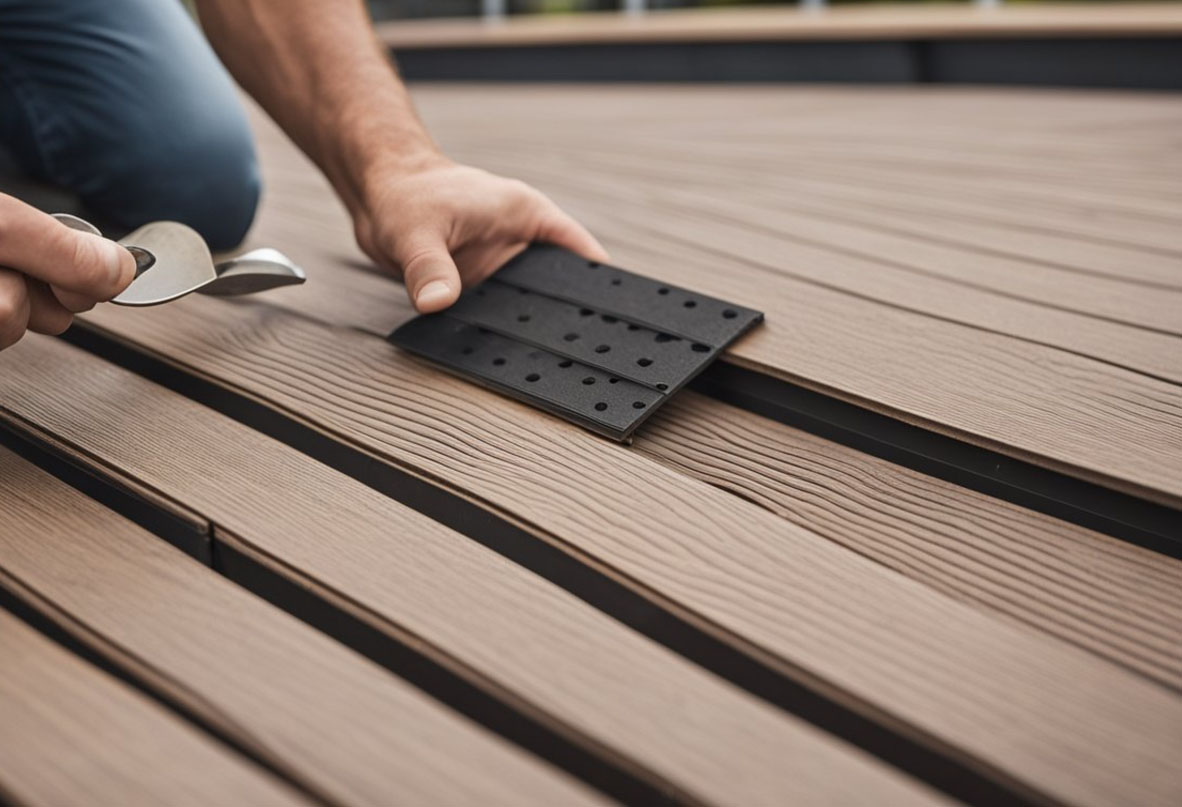
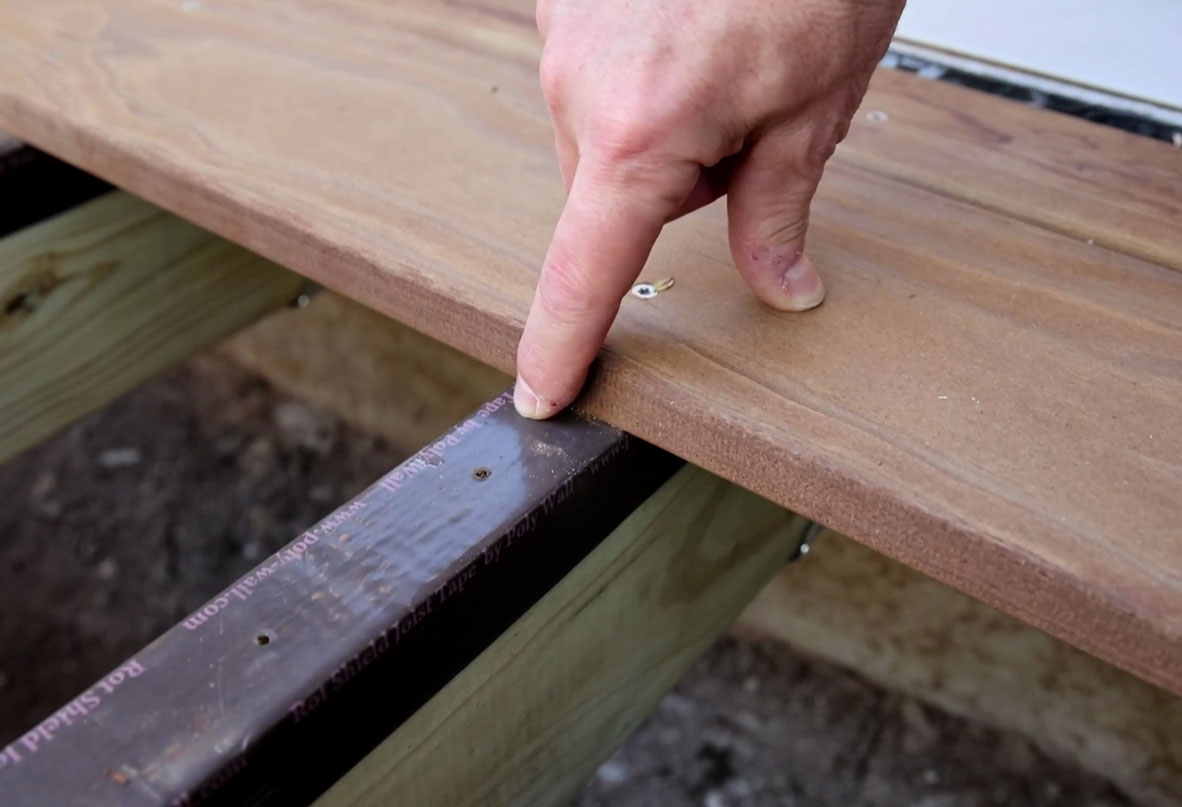
7. Failing to Treat Timber Joist Ends
Untreated joist ends are highly susceptible to moisture damage and rot, which can compromise the durability of your deck. To prevent this, ensure all timber components, including the ends, are thoroughly treated before installation. Proper treatment protects against prolonged exposure to water and increases the lifespan of the subframe. Skipping this step leaves vulnerable areas exposed, leading to structural issues over time. For a long-lasting and stable deck, always treat every surface of the timber, especially the cut ends, before construction begins.
8. Omitting Double Joists for Joining Boards
When joining two composite boards, especially on decks longer than 3.6 meters, always use double joists to provide the necessary support and prevent instability. This reinforcement ensures the boards remain secure and aligned over time, avoiding splitting or movement at the joins. Additionally, maintain proper expansion gaps at these connection points to allow for natural expansion and contraction due to temperature changes. Following these guidelines will enhance the structural integrity and longevity of your composite deck.


9. Using Incorrect Installation Methods
Not all composite decking products are created equal, as each has unique properties and installation requirements. To ensure your deck’s durability and appearance, always follow the specific guidelines provided by your supplier. Using generalized methods or instructions from other products can lead to improper installation, reducing the deck's lifespan and performance. Manufacturer recommendations are tailored to the material's composition and design, ensuring a secure and lasting result. For the best outcomes, trust the instructions provided with your chosen composite decking.
10. Ignoring Drainage Slope
A perfectly flat deck may seem visually appealing, but it can cause standing water, leading to potential damage and slippery surfaces. To prevent this, incorporate a 1% slope (10mm per metre) slanting away from any structures. This subtle incline ensures proper drainage, allowing water to flow off the deck efficiently while remaining unnoticeable to the eye. Proper drainage not only protects the deck from rot and water damage but also enhances safety and longevity. Always prioritize a slight slope for optimal performance and durability.
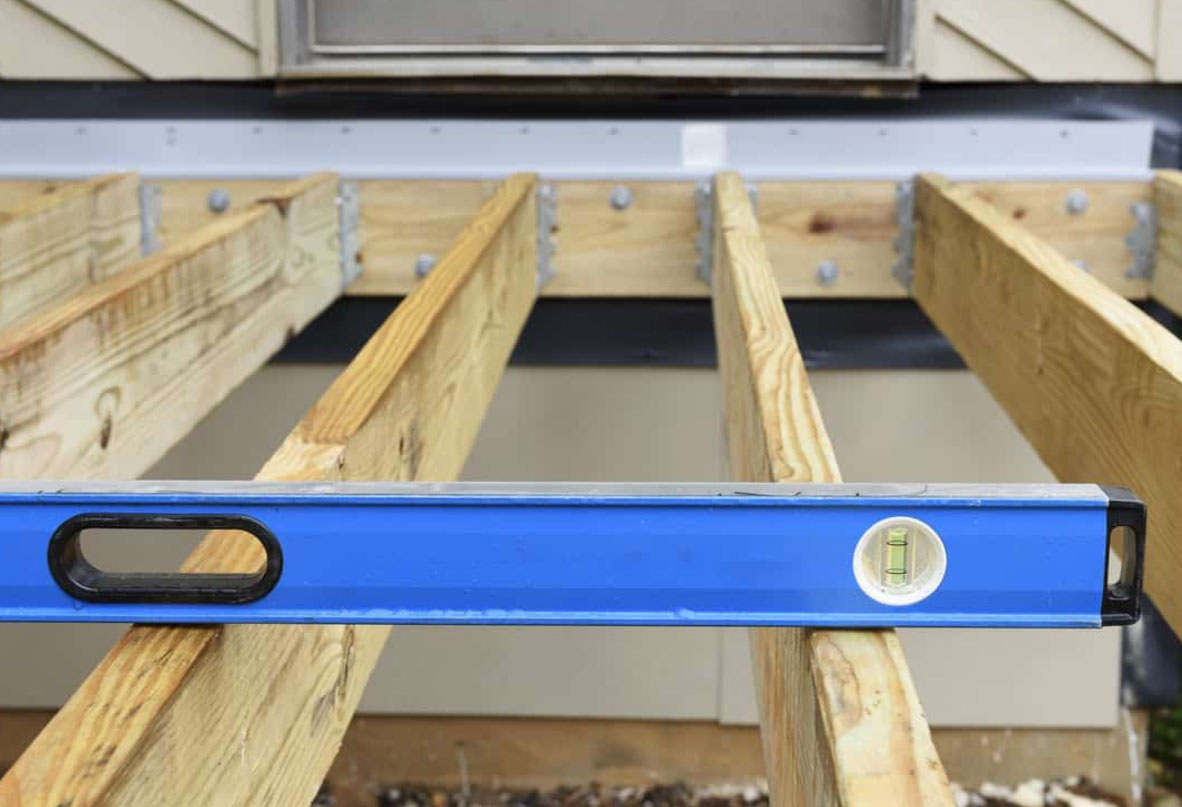
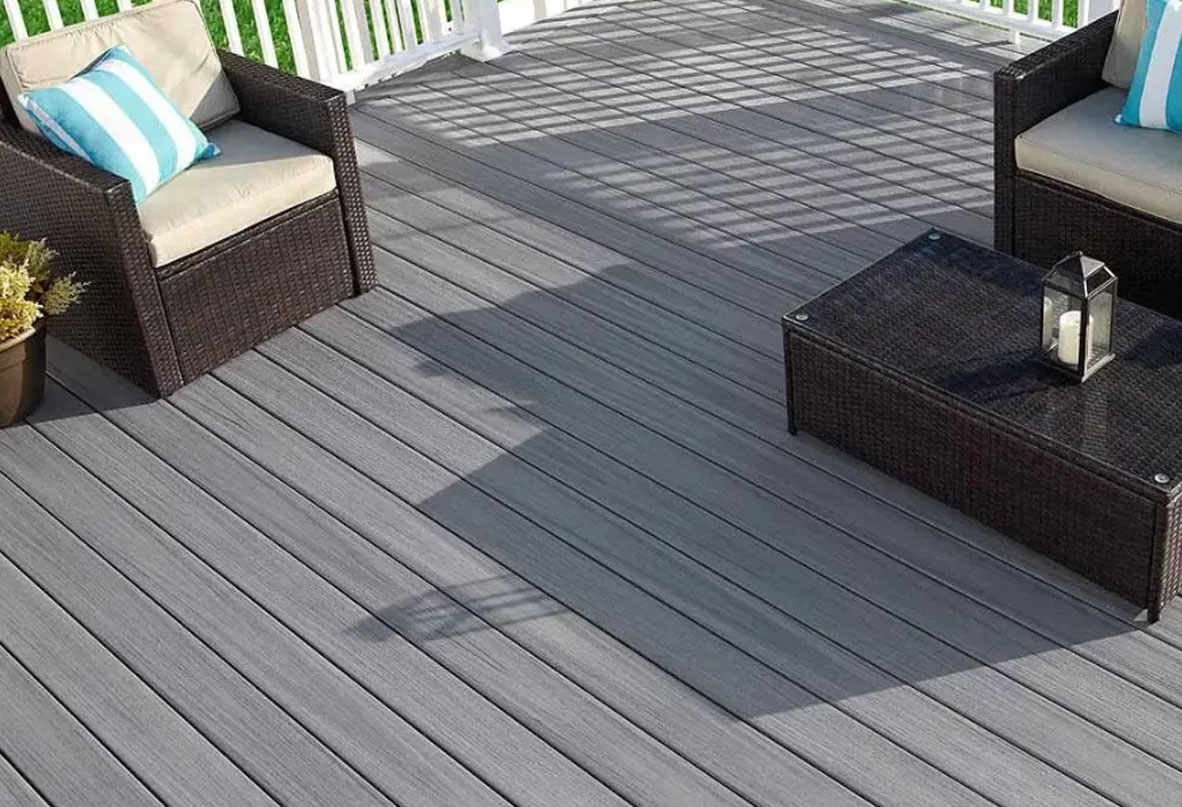
11. Choosing Unsuitable Decking for the Setting
Match the product to its purpose:
Hollow boards (e.g., Premium Range) suit lighter applications.
12. Relying on Pre-Existing Timber Subframes
Old subframes often lack the support needed for composite decking. Upgrade or replace them with additional joists or consider using a plastic or composite subframe for maximum durability. Plan Ahead for a Flawless Composite Deck Proper preparation and adherence to these guidelines will save time, money, and headaches. At Composite Wood™, we’ve developed products and methods tailored to ensure your deck is not only beautiful but also built to last. For detailed guidance, consult our comprehensive installation manual and avoid these common pitfalls.

